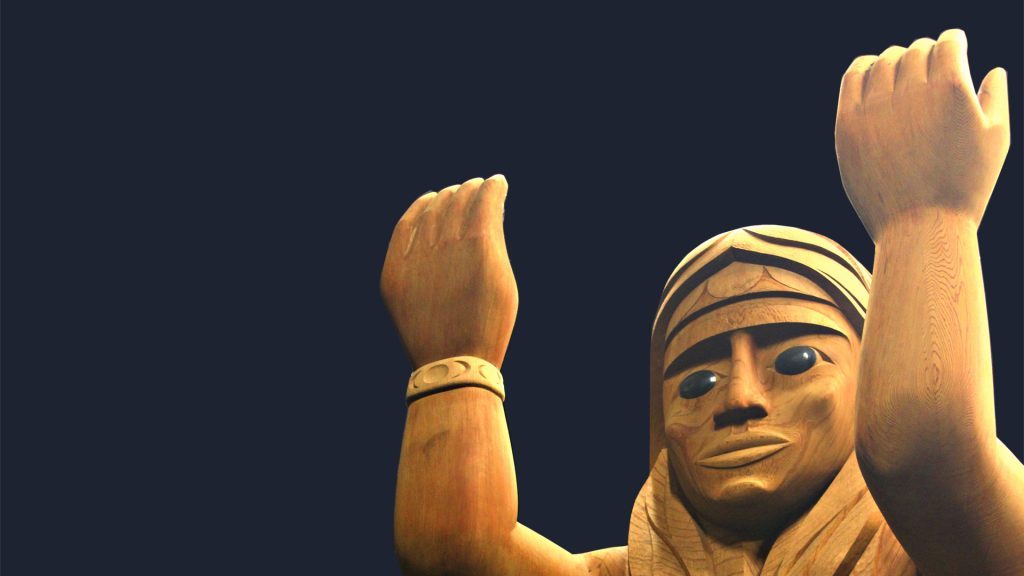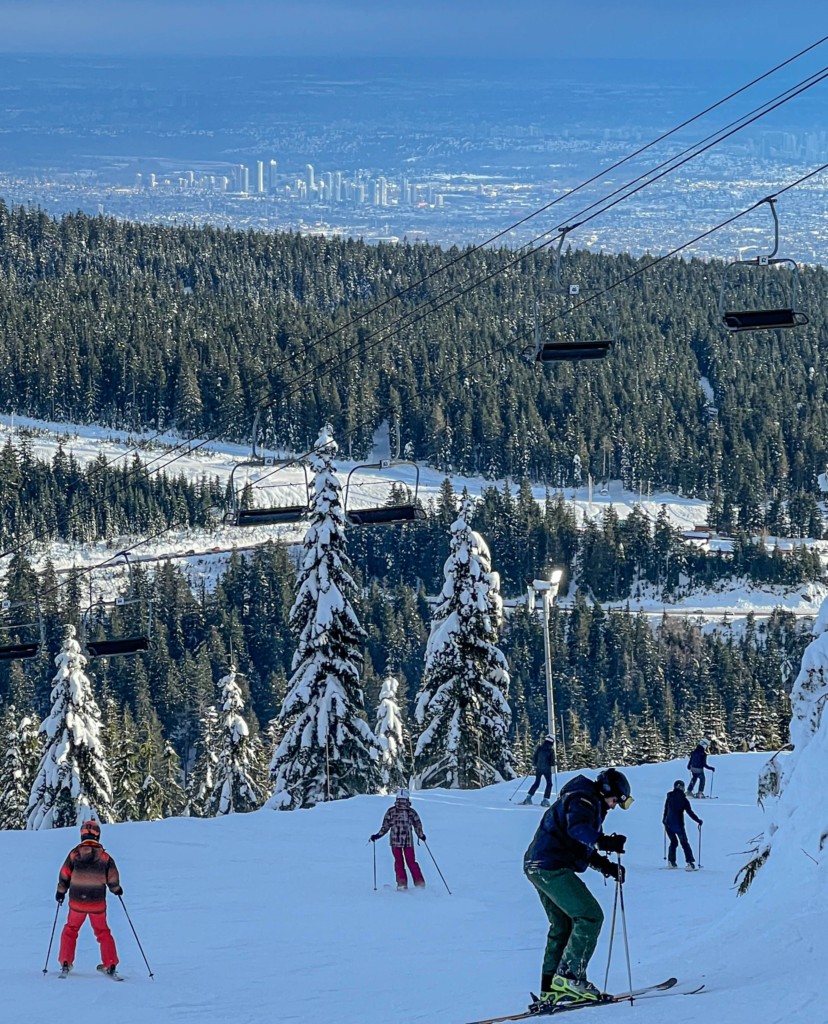
Carving part of larger Indigenization strategy
By Atiba Nelson, Staff Reporter
With the hopes of honouring the traditional people of the lands its Coquitlam campus occupies, Douglas College recently advertised for an Indigenous artist to craft a piece of artwork for the institution.
The request for “expressions of interest” went out on September 5 on the Province of British Columbia Provincial bid marketplace website. The call, titled “REI-1193MR – Expressions of Interest for Indigenous Carving,” requests submissions for creating a work of art that can be displayed in the atrium of Douglas’ Coquitlam campus.
Douglas College has acknowledged that both campuses are located on the unceded ancestral territories of the QayQayt (New Westminster campus) and Kwikwetlem (Coquitlam campus) First Nations. The College hopes that the piece will “…reflect the Indigenous students and communities that we serve and work with…,” and requested that the carving be either a directional post, carved cedar river canoe or welcome post.
The selected artist can choose to work on-campus or off-campus and will be supported in either work choice according to the advertisement; however, before being selected they will have to navigate a three-phase process.
In phase one, brief written expressions have been solicited with all proposals being reviewed. Three artists will be selected for phase two—which calls for a detailed description and costing of the proposed art. After phase two, one artist will be chosen to create the selected piece for the Coquitlam campus.
The advertisement states “…the College’s selected representatives…” will choose one submission (out of the three). There was no mention of the composition of the selection committee, or whether there will be Indigenous voices at the selection table. Furthermore, there was no indication that members of the Kwikwetlem First Nation would be involved in the process.
The Other Press contacted senior leadership at Douglas College regarding the composition of the committee, and the involvement of members from the QayQayt and Kwikwetlem First Nations.
“The selection of artists and art will include representation from Indigenous staff, our Elders and hopefully Indigenous Students. “Once the request for proposals closes, we will identify the committee,” said Sarah Dench, Associate Vice President of Academic and Student Affairs, in an email response to our questions.
The asks fits into Douglas’ larger desire to respond to the Truth and Reconciliation Commission (TRC) Call to Action and the United Nations Declaration on the Rights of Indigenous Peoples (UNDRIP). The TRC and UNDRIP recommendations led to the creation of a Douglas College Indigenization Strategy, with a stated objective being to visibly celebrate the history, settings, and knowledge of the Coast Salish people and lands that the College inhabits.
Currently, both Douglas College campuses have Indigenous artwork situated in their respective Aboriginal Student Services Centres, with recent artwork purchases by Douglas being prepared to be displayed on both campuses, according to Dench.
However, only the New Westminster campus features Indigenous artwork prominently displayed—albeit not in the main atrium. In the Aboriginal Gathering Place (Room 4650, New Westminster campus), there are four directional posts and a welcoming figure which were installed in 2012.


